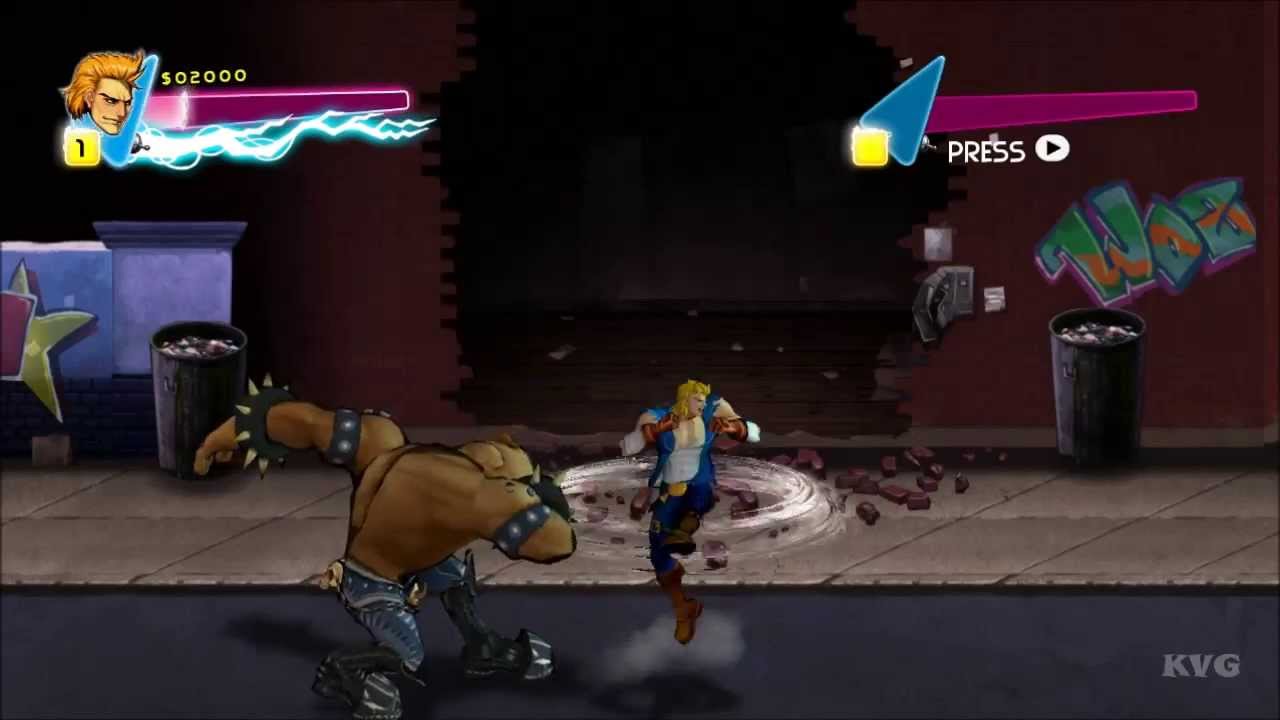
They get the aesthetic down, but never incorporate anything else from the period, for better or for worse. Too many games add pink and electric blue to their color palette, add some “cyberspace” graphics, and write a soundtrack with synths and pop-rock guitar. Many games only focus on surface-level depictions of the ‘80s. PREVIOUSLY: Canadian Studio Falling Squirrel Is Making The Best Game You’ll Never See There are dozens if not hundreds of games that are labelled “’80s inspired.” Some draw on stylized 8-bit inspired imagery, but just as many stick to the standard neon and guitar riffs that embody this ‘80s aesthetic. Once games realized that this aesthetic would sell, the ‘80s became a trend in gaming. Some more recent originators of the ‘80s gaming craze might be the fighting game Double Dragon Neon and the top-down shooter Hotline Miami, both of which were released in 2012 and featured bright colors and ‘80s aesthetics.
#Double dragon neon mods crack#
Perhaps the earliest mainstream game featuring the ‘80s as an aesthetic is the 2002 game Grand Theft Auto: Vice City, which featured neon, palm trees, and leisure suits and included ‘80s themes such as the crack epidemic and the glam metal craze. There have been plenty of video game adaptations of classic movies from the ‘80s, from Back to the Future, to The Empire Strikes Back, to Ghostbusters, but the nostalgia for the ‘80s as an aesthetic rather than a cultural zeitgeist is a different trend altogether.

It’s hard to pinpoint when the ‘80s nostalgia in gaming began. Some of the ‘80s obsession of gaming is a reflection of our cultural obsession as a whole, since Netflix just released a Stranger Things game on Nintendo Switch, PS4, and Xbox One. Generation Zero lets you survive in an alternate 1980s Sweden, with an aesthetic similar to the cassette futurism art of Simon Stålenhag. Wolfenstein: Youngblood brings Nazi-killing to Paris in the 1980s. Rad is a roguelike filled with neon, pop-rock guitar, and ‘80s lingo that even features cassette tapes as a currency, seemingly for no other reason than invoking more ‘80s imagery. Plenty of games draw on the nostalgia of the ‘80s to appeal to their audience. It’s clear why modern video games have an obsession with the ‘80s, but it needs to stop. Mario and Donkey Kong debuted in 1981, Link and Zelda came onto the scene in 1986, and Mega Man started battling Dr.

It was an important time for video games as well. You could hear Toto’s “Africa” on the radio, neon colors were in, and people were making movies that you would decide to quote exclusively for the next thirty years. We get it, the ‘80s seem like a fun time.


 0 kommentar(er)
0 kommentar(er)
